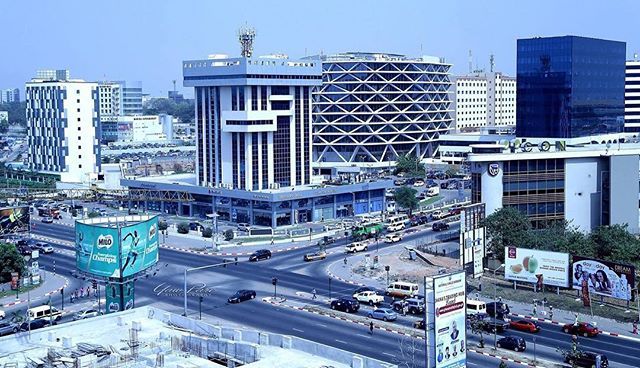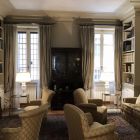Where to live in Accra
Accra, the capital of Ghana, is a friendly city of about three million people. Its architecture ranges from traditional African buildings to large, elegant colonial houses and modern high-rise blocks.
Since the early 1990s, a number of new buildings have gone up, including the distinctive boat-shaped national theatre, partly funded by the Chinese. The main commercial and business district runs north from the coastal forts of James and Ussher, the site of the original settlement, although many government and administrative offices and embassies are to be found in other parts of town.
Traditionally home to the Ga people, the city has a sizeable expatriate and established foreign community from the United States, Europe, Lebanon and India as well as more recent immigrants from Mali, Niger and Nigeria. Refugees from neighbouring Liberia, Sierra Leone and Ivory Coast are confined to the crowded Budumburam camp in Central Region to the west of the capital.
Accra is extremely humid and the city centre is congested with people and traffic but trees planted along the roads give it a green feel. Public transport consists of buses and trotros (minibuses); alternatively there are taxis, which are cheap (10,000 to 40,000 cedis maximum) and safe. Good rental accommodation is generally easy to find; advertisements are displayed along the roads (in this case there is usually an agent who takes 10-20 per cent commission) or in the Daily Graphic and Ghanaian Times (properties advertised this way usually belong to corporations and no agents are involved).
Prospective tenants should expect to pay 1-2 years rent upfront before receiving the keys.

This area about 6km north of the city centre is divided into two parts: Old Abelemkpe and New Abelem...

This sparsely populated, quiet residential area is located about 10km northeast of the city centre c...
Asylum Down and Kokomlemle, due north of the city centre, are separated by the Ring Road Central....
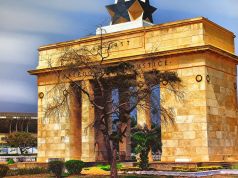
Cantonments, located about 5km east of the city centre near the airport. It is a planned residentia...
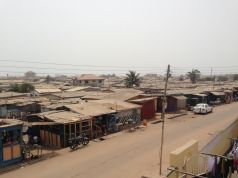
Chorkor is a poorly planned, overpopulated area overlooking the sea southwest of the city centre. I...
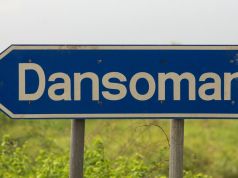
Dansoman, near the coast 14km southwest of the city centre, is a large area with a predominantly mid...
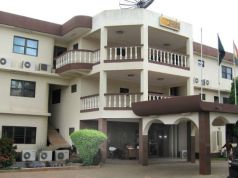
East Legon, 13km northeast of the city centre, is noted for its sophisticated modern low-rise apartm...
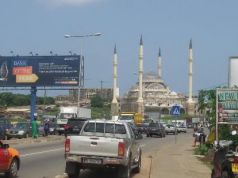
Kanda is an averagely populated middle and high-income area a few kilometres northeast of the city c...
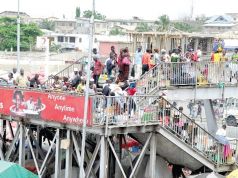
Kaneshie, about 4km northwest of the city centre, is a densely populated, bustling mixed-income area...
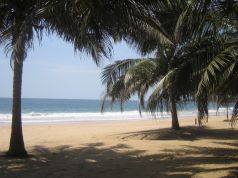
La, on the coast beyond Osu (Christianborg) to the east of the city centre, is another area traditio...
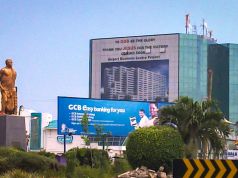
Labone and Osu (Christianborg) lie towards the coast about 3km east of the city centre. They offer...

The neighbouring areas of Nima, Mamobi and Accra New Town, outside the Ring Road to the north of the...
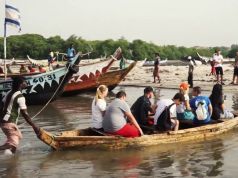
Teshie and Nungua, on the coast 18-22 km southwest of the city centre, are inhabited by the indigeno...

West Legon, otherwise known as Westlands, is a rapidly growing residential area about 14km north of...


